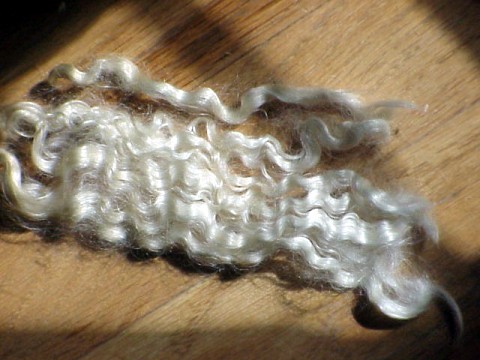

Historically, grosgrain was made from wool, silk, or a combination of fibers such as silk and wool or silk and mohair. "Grosgrain" is commonly used to refer to a heavy, stiff ribbon of silk or nylon woven via taffeta weave using a heavy weft, which results in distinct transverse ribs.

The ribbon is very similar to Petersham ribbon in its appearance, but it does not have the ability to follow the curves of a surface or edge the way that the latter does. Grosgrain fabric is most commonly available in black, but grosgrain ribbon comes in a large variety of colors and patterns. Grosgrain has a dull appearance, with little luster in comparison to many fabric weaves, such as satin, often used for ribbons however, it is comparatively very strong. Grosgrain is a plain weave corded fabric, with heavier cords than poplin but lighter than faille, and is known for being a firm, close-woven, fine-corded fabric. Grosgrain ( / ˈ ɡ r oʊ ɡ r eɪ n/ GROH-grayn, also sometimes / ˈ ɡ r ɒ s ɡ r eɪ n/ GROS-grayn) is a type of fabric or ribbon defined by the fact that its weft is heavier than its warp, creating prominent transverse ribs. Grosgrain ribbons in various colors and widths


 0 kommentar(er)
0 kommentar(er)
